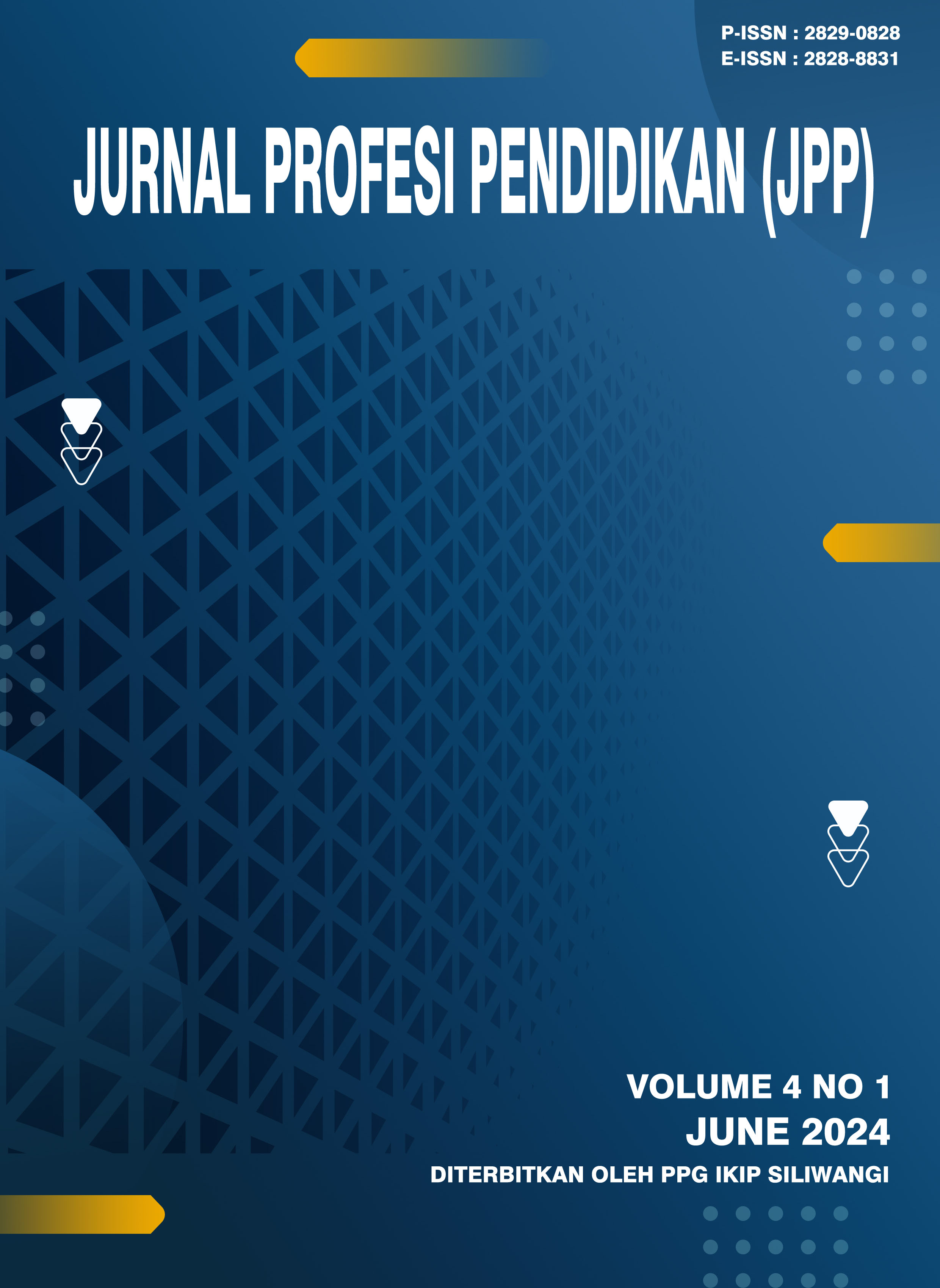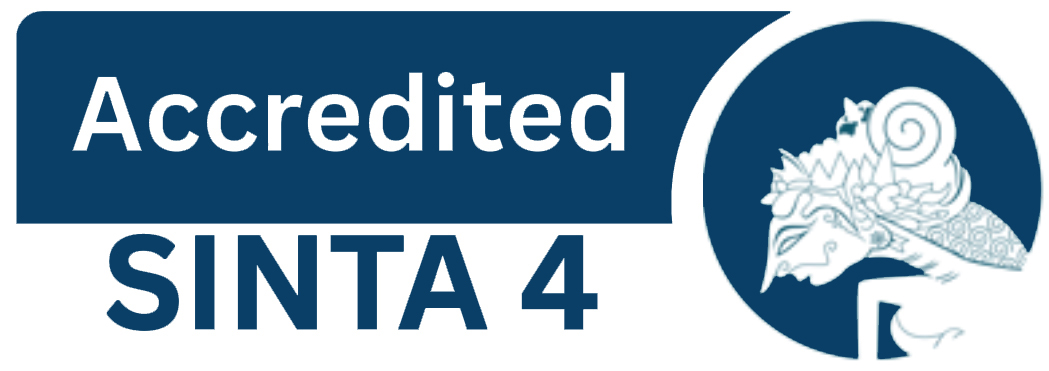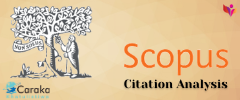Analysis of Students' Misconceptions On The Characteristics of Flat Shapes Using Two-Tier Multiple-Choice Diagnostic Test in Grade V Elementary School
DOI:
https://doi.org/10.22460/jpp.v4i1.27341Keywords:
Two-Tier Model, Misconceptions, Diagnostic TestAbstract
This study aimed to identify students' misconceptions regarding the characteristics of flat shapes in mathematics learning, using a two-tier multiple-choice diagnostic test instrument. This research employs a descriptive qualitative approach. The subjects of this study were fifth-grade elementary school students, totaling 25 students. The data used in this study are observation results, two-tier diagnostic test results, diagnostic interviews with students, and documentation. The data analysis method used includes data reduction, data presentation, and conclusion drawing. The validation results indicate that the two-tier diagnostic test instrument meets the criteria for validity and feasibility, achieving an average total score of 43 out of a possible 44, which reflects a positive response; thus, the instrument is highly suitable for use in the field. The results indicated that among grade V elementary school students learning about the characteristics of flat shapes, 29.40% demonstrated complete understanding of the concept, while various types of misconceptions were identified: 10.00% had positive misconceptions (false positives), 7.40% had negative misconceptions (false negatives), 7.80% had pure misconceptions, 12.10% guessed answers, and 15.20% and 17.80% did not understand the concept at all.
References
Agustyarini, Y., & Ningrum, R. W. (2023). Miskonsepsi siswa SMP dalam memahami ciri-ciri bangun segi empat. Chalim Journal of Teaching and Learning, 3(2), 95–102.
Ainiyah, L. A. (2016). Identifikasi miskonsepsi siswa dalam materi geometri pada pembelajaran matematika siswa kelas V sekolah dasar III SMP Negeri 1 Punggelan. Jurnal Pendidikan Matematika, 5(1).
Arikunto, S. (2015). Dasar-dasar Evaluasi Pendidikan. Jakarta: Bumi Aksara.
Arslan, H. O., Cigdemoglu, C., & Moseley, C. (2012). A three-tier diagnostic test to assess preservice teacher misconceptions about global warming, greenhouse effect, ozone layer depletion, and acid rain. International Journal of Science Education, 34(11), 1667-1686.
Chandrasegaran, A. L., Treagust, D. F., & Mocerino, M. (2007). The development of a two-tier multiple choice diagnostic instrument for evaluating secondary school students' ability to describe and explain chemical reactions using multiple levels of representation. Journal of Chemistry Education Research and Practice, 8(3), 293-307.
Depdiknas. (2007). Pedoman pengembangan tes diagnostik mata pelajaran IPA SMP/MTS. Jakarta: Ditjen Manajemen Pendidikan Dasar dan Menengah.
Elisahaya, & Imami, A. I. (2019). Analisis kemampuan koneksi matematis peserta didik pada materi segiempat. Prosiding Seminar Nasional Matematika Dan Pendidikan Matematika Sesiomadika 2019, 53–61.
Gita, A., Murnaka, N. P., & Sukmawati, K. I. (2018). Penerapan model pembelajaran conceptual understanding procedures (cups) sebagai upaya mengatasi miskonsepsi matematis siswa. Journal of Medives : Journal of Mathematics Education IKIP Veteran Semarang, 2(1), 65–76.
Hidayah, I. S., & Fitriani, N. (2021). Analisis kesulitan siswa smp kelas vii dalam memahami materi segiempat dan segitiga dalam pembelajaran daring. Jurnal Pembelajaran Matematika Inovatif, 4(3), 631–642.
Mubarak, S., Susilaningsih, E., & Cahyono, E. (2016). Pengembangan tes diagnostik three tier multiple choice untuk mengidentifikasi miskonsepsi peserta didik kelas XI. Journal of Innovative Science Education, 5(2). Universitas Negeri Semarang. Diakses dari http://journal.unnes.ac.id/sju/index.php/jise.
Mufidah, I., & Budiarto, M. T. (2018). Miskonsepsi siswa SMP dalam memahami konsep bangun datar segiempat ditinjau dari gaya belajar vak. MATHEdunesa Jurnal Ilmiah Pendidikan Matematika, 2(7), 232-239.
Natalia, T., Karolin, & dkk. (2016). Miskonsepsi pada penyelesaian soal aljabar siswa kelas v sekolah dasar berdasarkan proses berpikir mason. Jurnal Pendidikan, 1(10).
Ningrum, R. W., & Budiarto, M. T. (2016). Miskonsepsi siswa SMP pada materi bangun datar segiempat dan alternatif mengatasinya. MATHEdunesa Jurnal Ilmiah Pendidikan Matematika, 1(5), 59-66.
Nurkamilah, P., & Afriansyah, E. A. (2021). Analisis miskonsepsi siswa pada bilangan berpangkat. Mosharafa: Jurnal Pendidikan Matematika, 10(1), 49-60.
Suparto, S., Kusaeri, K., & Ningsih, A. (2022). Pengembangan four-tier diagnostic test untuk mengidentifikasi miskonsepsi materi segitiga. Transformasi: Jurnal Pendidikan Matematika dan Matematika, 6(1), 61–74.
Sugiyono. (2016). Metode penelitian kuantitatif, kualitatif,dan R&D. Bandung: Alfabeta.
Sutiarso, S., & Coesamin, M. (2013). Identifikasi kesalahan matematis siswa kelas v sekolah dasar sekolah dasar dalam geometri. Jurnal Pendidikan MIPA Universitas Lampung, 14(1), 33-38.
Treagust, D. F. (1995). Development and use of diagnostic test to evaluate students' misconceptions in science. International Journal of Science, 10(2), 159-169.
Tüysüz, C. (2009). Development of two-tier instrument and assess students’ understanding in chemistry. Scientific Research and Essay, 4(6), 626-631.
Wahyudi, A., Dwi Agustin, R., Ambarawati, M., & Utomo, I. B. (2022). Pengembangan media aplikasi geotri pada materi geometri berbasis mobile learning. Jurnal Ilmiah Matematika Realistik (JI-MR), 3(2), 62–70.
Downloads
Published
How to Cite
Issue
Section
License
Copyright (c) 2025 Fattya Rosyada, Nurul Ikhsan Karimah

This work is licensed under a Creative Commons Attribution-ShareAlike 4.0 International License.
Authors who publish with the Journal Pendidikan Profesi (JPP) agree to the following terms:
- Authors retain copyright and grant the journal the right of first publication with the work simultaneously licensed under a Creative Commons Attribution License (CC BY-SA 4.0) that allows others to share the work with an acknowledgment of the work's authorship and initial publication in this journal.
- Authors are able to enter into separate, additional contractual arrangements for the non-exclusive distribution of the journal's published version of the work (e.g., post it to an institutional repository or publish it in a book), with an acknowledgment of its initial publication in this journal.
- Authors are permitted and encouraged to post their work online (e.g., in institutional repositories or on their website) prior to and during the submission process, as it can lead to productive exchanges, as well as earlier and greater citation of published work. (See The Effect of Open Access)
Similar Articles
- Kurnia Akbar, Citadewi Aditya, Lathifah Rizki, Nelly Ade Karisma, Selvi Novitasari, Widya Sulistia, Yulianti Yulianti, Penerapan Model Problem Based Learning Berbantuan Komik Digital untuk Meningkatkan Pemahaman Konsep Matematis Siswa pada Materi Perkalian Pecahan di Kelas V Sekolah Dasar , Jurnal Profesi Pendidikan: Vol. 3 No. 2 (2024): December
- Ayang Wike Sintia, Jajang Bayu Kelana, Anugrah Ramadhan Firdaus, Peningkatan Keterampilan Berpikir Kritis Pada Mata Pelajaran IPA Materi Rangkaian Listrik Sederhana Dengan Menggunakan Model Pembelajaran STEM di Kelas VI Sekolah Dasar , Jurnal Profesi Pendidikan: Vol. 3 No. 1 (2024): June
- Enur Nurmawati, Meningkatkan Motivasi dan Hasil Belajar Matematika Peserta Didik Kelas VII Melalui Penerapan Model Pembelajaran Problem Based Learning , Jurnal Profesi Pendidikan: Vol. 3 No. 1 (2024): June
- Windi Triwahyuni, Jajang Bayu Kelana, Duhita Savira Wardani, Penggunaan Model Kooperatif Picture and Picture Berbantuan Canva untuk Meningkatkan Berpikir Kreatif Siswa pada Materi Daur Hidup Hewan di Sekolah Dasar , Jurnal Profesi Pendidikan: Vol. 3 No. 2 (2024): December
- Nina Vania, Wahyu Hidayat, Trisna Nugraha, Penggunaan Model Problem Based Learning Berbantuan Video Powtoon Untuk Meningkatkan Kemampuan Berpikir Kritis Siswa Kelas III Sekolah Dasar , Jurnal Profesi Pendidikan: Vol. 3 No. 1 (2024): June
- Luviani Sri Rezeki, Trisna Nugraha, Penggunaan Model Project Based Learning Berbasis Socio Scientific Issues untuk Meningkatkan Kemampuan Berpikir Kreatif Siswa Kelas IV Sekolah Dasar , Jurnal Profesi Pendidikan: Vol. 3 No. 2 (2024): December
- Izzah Millati, Agustina Tyas Asri Hardini, Improving the Cooperation Attitude of Grade V Students Through the Application of Problem-Based Learning Model in Pancasila Education Subjects , Jurnal Profesi Pendidikan: Vol. 4 No. 1 (2025): June
- Teti Suharyati, Hana Sakura Putu Arga, Penerapan Model Project Based Learning Untuk Meningkatkan Kemampuan Berpikir Kritis Siswa Pada Pembelajaran PPKn di Kelas IV Sekolah Dasar , Jurnal Profesi Pendidikan: Vol. 2 No. 1 (2023): June
- Kamilia Salsabila, Susanti Sufyadi, Agus Hadi Utama, Systematic Literature Review: The Utilization of the Edutainment Learning Model on Students’ Learning Motivation , Jurnal Profesi Pendidikan: Vol. 4 No. 1 (2025): June
- Ade Nira Susilawati, Jajang Bayu Kelana, Muhammad Ghiyats Ristiana, The Use of STEM (Science, Technology, Engineering, and Mathematics) Models to Improve Elementary School Science Concept Understanding , Jurnal Profesi Pendidikan: Vol. 4 No. 1 (2025): June
You may also start an advanced similarity search for this article.
















